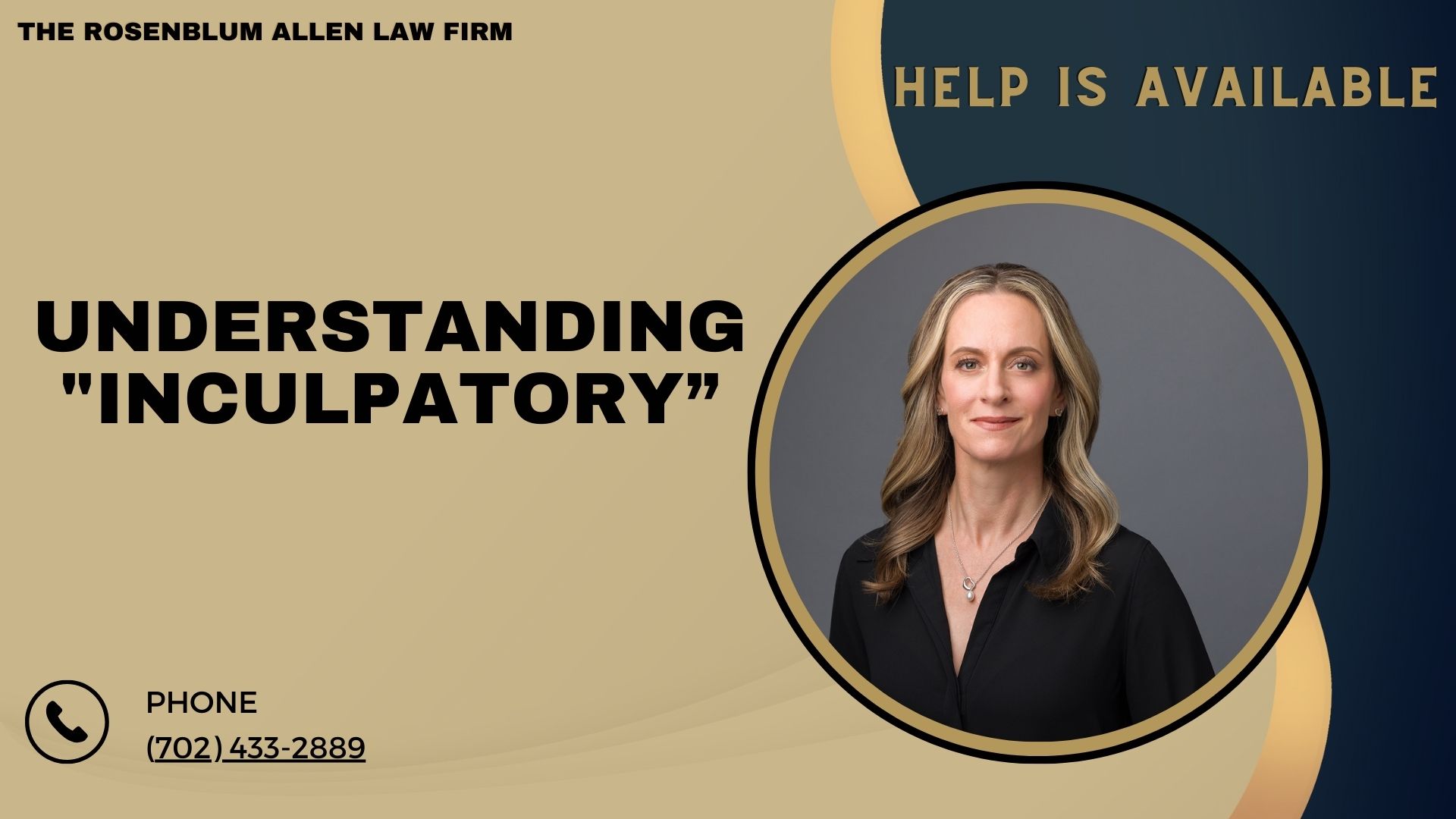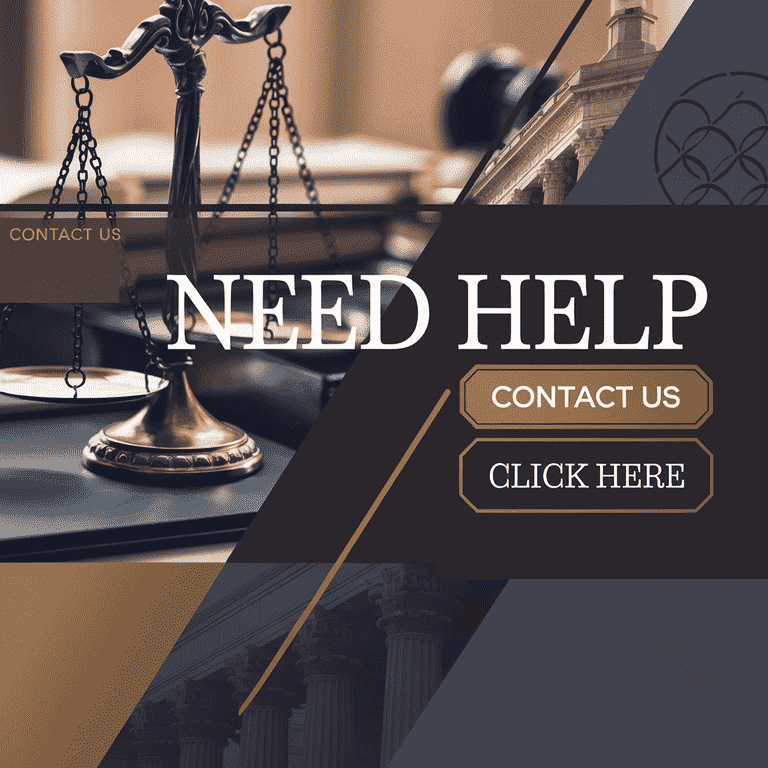When someone mentions inculpatory evidence, they’re talking about evidence. It can prove someone’s involvement in a crime. Imagine it as a puzzle piece. It fits perfectly into the scenario where a crime has occurred. It points right at the suspect. It’s the kind of evidence that prosecutors dream of and defendants hope to refute.
Legal professionals and anyone interested in the justice system must understand inculpatory evidence. It’s the cornerstone of many criminal cases, influencing decisions from investigation to verdict.
 The Nature of Inculpatory Evidence
The Nature of Inculpatory Evidence
Inculpatory evidence comes in various forms, each with unique characteristics and implications. Seeing these differences is critical. They help us understand the complete picture of a criminal case.
Characteristics of Inculpatory Evidence
Direct vs. Circumstantial Evidence: Direct evidence, like a video of a crime, can prove a fact by itself. Circumstantial evidence, on the other hand, requires inference to connect it to the crime.
Physical vs. Testimonial Evidence: Physical evidence includes tangible items like a weapon, while testimonial evidence is what someone says in court.
Types of Inculpatory Evidence
Various types of incriminating evidence can be key. It helps build a case against a suspect.
Forensic Evidence:
DNA Analysis: Matches biological samples from the crime scene to the suspect.
Fingerprint Analysis: Links prints at the crime scene to those of the suspect.
Digital Evidence:
Electronic Communications: Texts or emails that suggest involvement in a crime.
Social Media Activity: Posts or interactions that provide clues to the suspect’s actions.
Eyewitness Testimony:
Concerns about reliability and credibility are common and influenced by the witness’s perspective, memory, and presentation.
In each type, you must collect, save, and show the evidence to legal standards. This is to ensure its validity and impact on a case.
This exploration into the nature of inculpatory evidence reveals its complexity and importance. Each piece, from the physical to the testimonial, adds to the puzzle of justice. In the following sections, we’ll look at the legal implications of this evidence. We’ll see how it shapes the outcomes of criminal cases.
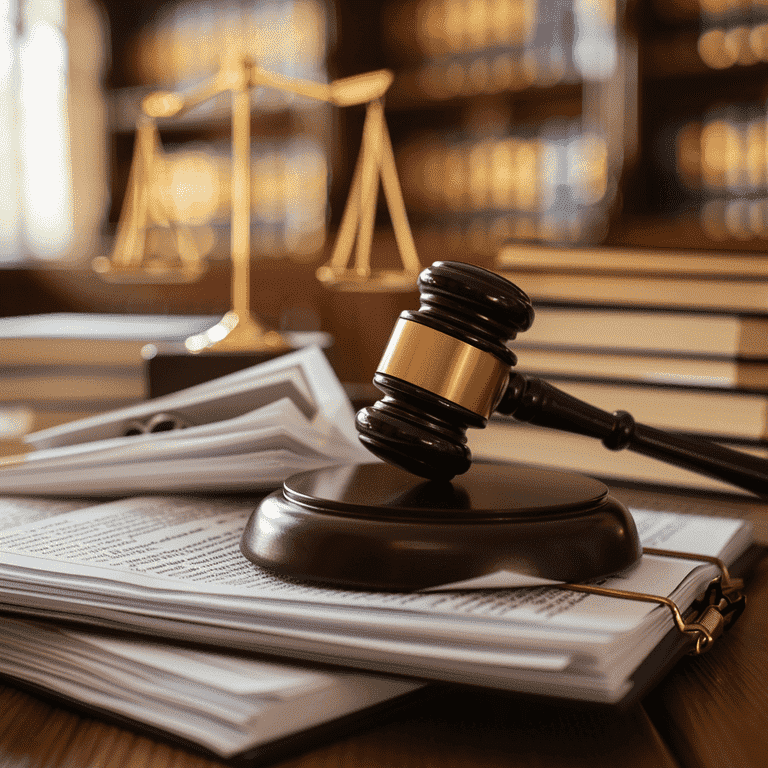
Legal Implications of Inculpatory Evidence
The path of inculpatory evidence has many challenges and checkpoints. Each person plays a crucial role in ensuring that justice is served fairly and accurately.
Role in Criminal Investigations
Finding inculpatory evidence is often a turning point in a criminal investigation. It leads investigators closer to solving the puzzle of who, why, and how.
Gathering and Analysis Process: Law enforcement teams meticulously collect and analyze evidence, ensuring each piece is relevant and handled carefully to maintain its integrity.
Impact on Arrest and Charges: Strong inculpatory evidence can justify a suspect’s arrest and the formal charges that follow, setting the stage for a trial.
Influence on Trial Outcomes
In court, inculpatory evidence is the core of the prosecution’s case. The defense meticulously looks for flaws in it.
Prosecution’s Use of Inculpatory Evidence:
Strategy and Presentation: Prosecutors strategically present inculpatory evidence to build a compelling narrative of guilt, often saving the most impactful pieces for dramatic moments.
Questioning Evidence Integrity: The defense may challenge the evidence by questioning its collection, handling, or the methodology used in its analysis, aiming to cast doubt on its reliability.
Alternative Explanations: They might also present alternative interpretations of the evidence, suggesting that it doesn’t necessarily prove their client’s guilt.
This dynamic interplay is between the prosecution and defense. It’s over inculpatory evidence and shows the adversarial nature of our legal system. It ensures that all evidence is rigorously examined and contested. Someone deems guilt before this happens. It safeguards the principle of “innocent until proven guilty.””
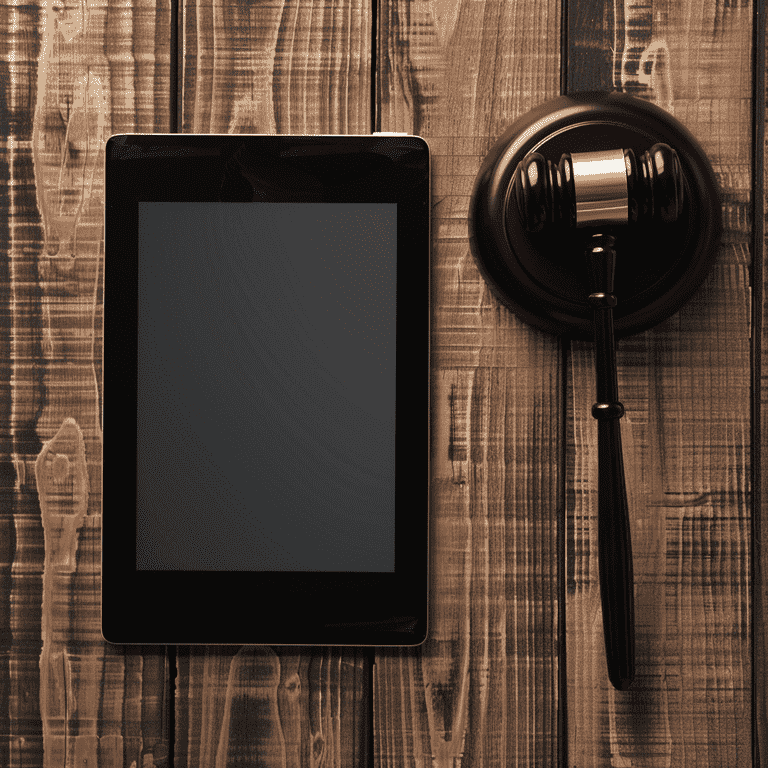
Ethical and Technical Considerations
Using incriminating evidence is not just a legal strategy. It also involves big ethical and technical issues. These aspects are vital to ensure the evidence’s integrity and the fairness of the trial.
Ethical Issues Surrounding Evidence Collection
Privacy Concerns: In the digital age, gathering evidence often involves delving into private communications, raising questions about privacy rights and the limits of lawful search.
Potential for Misuse: There’s a risk that inculpatory evidence could be manipulated or misinterpreted, either intentionally or accidentally, leading to wrongful convictions.
Technical Challenges in Handling Evidence
Preservation of Digital Evidence: Digital evidence, such as emails or social media posts, must be carefully preserved to prevent tampering or degradation over time.
Ensuring Chain of Custody: The chain of custody for all evidence must be meticulously documented to prove that it has been kept secure and unchanged from the moment of collection to its presentation in court.
These considerations underscore the complexity of using inculpatory evidence in legal proceedings. They show the need to balance two things. One, using tech to solve crimes while protecting rights. Two, the need for strict rules to keep justice fair.
As we move forward, we’ll explore how inculpatory evidence differs from exculpatory evidence. This will shed light on its role in the judicial system. This look at evidence shows how legal proceedings work. It also shows the fairness that underpins the law.
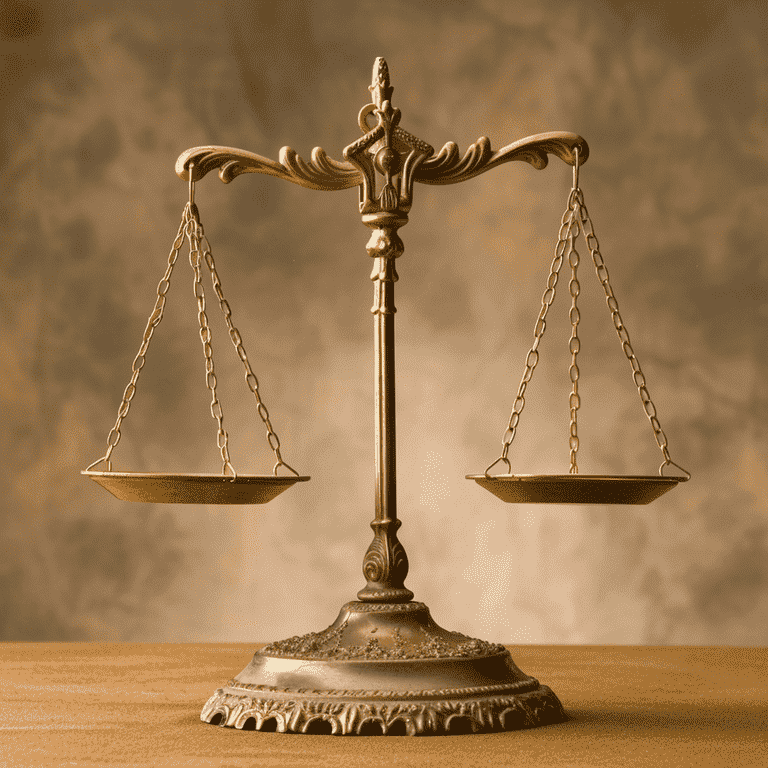
The Difference Between Inculpatory and Exculpatory Evidence
In the landscape of a courtroom, evidence doesn’t just speak; it tells stories. These stories can point to guilt or innocence. They hold inculpatory and exculpatory evidence. Understanding the dance between these two types of evidence is crucial. It is key for anyone navigating the legal system or seeking to know how justice works.
Definitions and Key Differences
At its core, inculpatory evidence tells of guilt. Exculpatory evidence whispers of innocence. Here’s a quick look at how they differ:
Inculpatory Evidence: Suggests or proves that a defendant is guilty of a crime.
Exculpatory Evidence: Points towards the defendant’s innocence or negates the guilt.
This difference is not just academic. Legal cases are fought and decided on the battlefield. The prosecution relies on inculpatory evidence to build its case. The defense seeks exculpatory evidence. This evidence will disprove the prosecution’s story. It will build its own story of innocence.
Impact on Legal Defense and Prosecution Strategies
The strategic use of these evidence types can significantly alter the course of a trial. Prosecutors must ensure their inculpatory evidence is watertight and immune to reasonable doubt. In contrast, defense attorneys search the case for exculpatory evidence. It could break the prosecution’s claim or create a doubt.
Balancing Inculpatory and Exculpatory Evidence
The court must ensure a fair trial. It must balance inculpatory and exculpatory evidence. This balance ensures that justice is not just about evidence. It’s also about interpreting it in a way that respects innocent until proven guilty.
Importance for Fair Trial: The ethical obligation to disclose exculpatory evidence to the defense is pivotal. It ensures that both sides have access to all the evidence, allowing the truth to emerge from a comprehensive examination of the facts.
Case Studies Illustrating Balance: Legal history is dotted with cases where the late discovery of exculpatory evidence has overturned convictions, highlighting the system’s capacity for correction and the importance of diligent, unbiased evidence review.
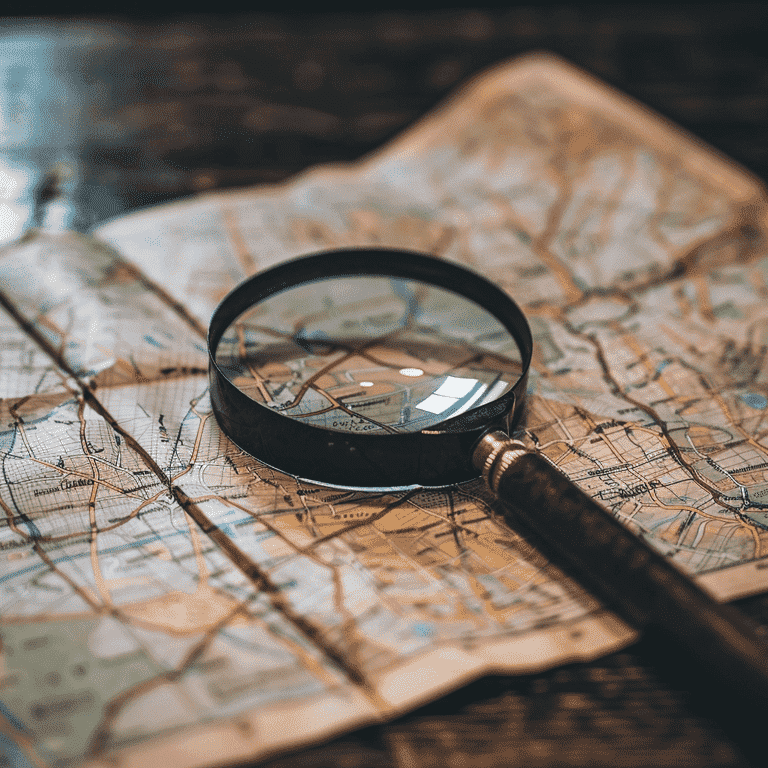
Real-World Applications and Case Studies
The abstract principles are inculpatory and exculpatory evidence. They become clear when seen through real cases. These instances show the practical uses of these concepts. They also show the human part of justice.
Famous Cases Involving Inculpatory Evidence
Several high-profile cases have hinged on the presence of inculpatory evidence:
Case 1: In a case that captured national attention, DNA evidence played a pivotal role in accusing and exonerating suspects, showcasing the power of forensic science in the courtroom.
Case 2: This is a landmark case in which digital evidence, in the form of emails and social media posts, provided the inculpatory evidence needed to establish motive and opportunity, illustrating the growing importance of digital forensics.
Lessons Learned from Past Cases
Legal practices have changed. Past cases have shaped them. They have changed in how they deal with evidence collection, preservation, and presentation.
Improvements in Evidence Collection and Analysis: Technology and forensic methodologies have enhanced the precision of evidence collection, reducing the risk of wrongful convictions.
High-profile cases have prompted reforms in how evidence is handled, including implementing stricter guidelines for chain of custody and utilizing witnesses to interpret complex proof in legal procedures and policies.
In reviewing these sections, it’s clear that inculpatory evidence is key. It, along with exculpatory evidence, forms the backbone of the legal evidence system. By looking at the nature, meaning, and real uses of this evidence, we gain a deeper understanding. We learn about legal procedures. We also come to appreciate the delicate balance of justice.

Breaking It All Down
The journey through the realm of inculpatory evidence is illuminating. It covers its definition and features. It also covers its key role in the justice system. This journey shows the intricate dance of legal proceedings. Understanding inculpatory evidence is not just about grasping a legal idea. It’s about appreciating the key principles that support our pursuit of justice.
Inculpatory evidence can point toward guilt. It is crucial for building a legal case. But, its real value is not just in its ability to build a case. It also lies in the need for it to balance with evidence that favors the accused. This balance ensures that the scales of justice remain fair. They tip only when the evidence is strong and beyond doubt.
Examining inculpatory evidence has ethical and technical considerations. The nature of exculpatory evidence contrasts with it. This shows the complexities and responsibilities in the legal process. It reminds us of the delicate balance that legal pros must keep. They must use evidence to solve crimes while also protecting individual rights.
Real-world examples and case studies show how inculpatory evidence affects legal outcomes. They highlight the need for diligence, integrity, and fairness in its handling. We have learned from past cases that we need to improve. We must improve how we collect and analyze evidence. We must also improve the legal procedures that govern them.
In conclusion, understanding inculpatory evidence is vital. It is key for anyone involved in or interested in the legal system. It offers insights into how legal proceedings work. It covers the ethics that guide them. More importantly, it fosters a deeper respect for the principles of justice. These principles ensure fairness and accuracy in the pursuit of truth. As we move forward, let’s carry with us the lessons from inculpatory evidence. We should be mindful of its power and responsibility in shaping justice.
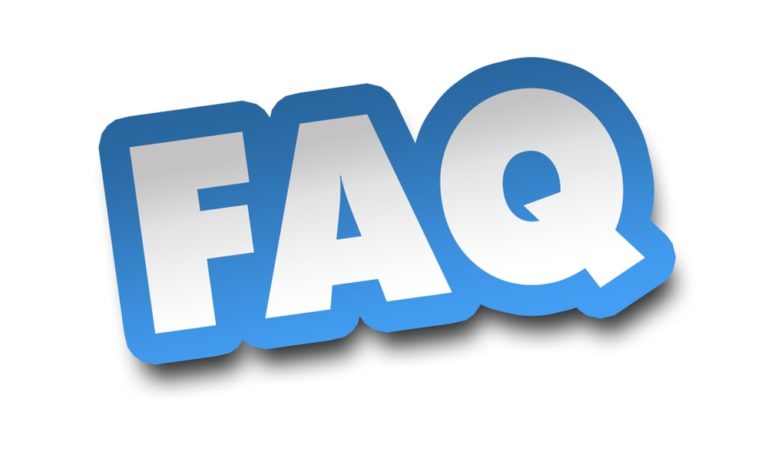
Frequently Asked Questions
How is inculpatory evidence used to determine sentencing?
Once the court finds a defendant guilty. Inculpatory evidence may also impact the sentencing. Judges can consider the nature and circumstances of the crime. They can use the inculpatory material to decide on a legal sentence.
Can inculpatory evidence be challenged after a conviction?
Yes, you can challenge evidence that shows guilt after a conviction. This is especially true. It happens if new evidence emerges. It may contradict the original findings. If there was a procedural error in how the evidence was handled or presented during the trial, that is also true.
What happens if inculpatory evidence is found to be illegally obtained?
Evidence that is illegally obtained is inculpatory. Someone obtains it by violating the Fourth Amendment. The Amendment protects against unreasonable searches and seizures. This evidence is typically not allowed in court. The exclusionary rule serves to deter police misconduct.
How do advancements in technology affect the collection of inculpatory evidence?
Advances in technology have greatly improved the ability to collect, analyze, and keep evidence of guilt. For example, digital forensics can find evidence on electronic devices. Advances in DNA analysis let us connect with much smaller and older samples.
Is there a difference in how inculpatory evidence is used in civil cases compared to criminal cases?
In civil cases, inculpatory evidence establishes liability rather than guilt. The standard of proof is also different. In civil cases, it’s a preponderance of the evidence. This means the claim is more likely than not true. This is different from the criminal standard of beyond a reasonable doubt.
Can inculpatory evidence alone determine the outcome of a trial?
Inculpatory evidence is crucial. But, a trial’s outcome depends on the whole case. This includes inculpatory and exculpatory evidence. It also includes witness credibility and the legal arguments from both sides. A fair trial requires a comprehensive evaluation of all evidence.
How does public access to inculpatory evidence impact a case?
The public can access incriminating evidence. They often see it through media. It can influence potential jurors and the public. But, the court system has measures. These include jury selection and sequestration. They aim to reduce undue influence and ensure a fair trial.

Additional Resources for You
As we delve into the intricacies of legal issues and navigate through the complexities of the law, it’s crucial to have reliable resources at your disposal. Our lead attorney, Molly Rosenblum Allen, Esq., has meticulously created a suite of resources designed to assist you in times of need. Whether you’re facing criminal charges, DUI allegations, or any other legal challenges, these resources offer guidance and professional insight to support you:
- For those accused of crimes seeking vigorous defense, explore our Criminal Defense Attorneys section.
- If you’re navigating the repercussions of a DUI charge, our Las Vegas DUI Lawyer resource provides essential information.
- Victims of domestic disputes can find solace and legal advice in our Domestic Violence Lawyer Las Vegas guide.
- Our Drug Possession Lawyer page offers insights for those facing drug-related charges.
- For sensitive and complex cases involving sex crimes, refer to our Sex Crimes Attorney resource.
- Families dealing with CPS can find guidance at our CPS Defense Attorney section.
- Those charged with misdemeanors can explore options with our Misdemeanor Lawyer resource.
- Address warrant issues proactively with our Las Vegas Warrant Defense Attorney guide.
- Navigate probation complexities with the Las Vegas Probation Violation Attorney resource.
- For theft crime defense, our Theft Crime Defense Lawyer page provides vital information.
- Our Kidnapping Lawyers are equipped to handle these severe allegations.
- Young offenders can find specialized defense with our Juvenile Defense Lawyers.
- Lastly, for issues related to firearms laws in Las Vegas, visit our Firearms Lawyer Las Vegas page.
These resources are designed to offer support and effective legal advice, ensuring that you’re not alone during these challenging times. Molly Rosenblum Allen, Esq., and the team at The Rosenblum Allen Law Firm are committed to providing exceptional legal services to those in need.

Outside Resources for You
American Bar Association (ABA): A central hub for legal resources, including public education, legal support, and various law-related services. Visit the ABA website for more details.
FindLaw: Offers a broad spectrum of legal information, covering different areas of law, designed to assist the public in understanding legal issues. Check out FindLaw for more insights.
Justia: Provides free case law, codes, regulations, legal articles, and legal blog and twitter databases, as well as community resources. Explore Justia for comprehensive legal information.
Nolo: Specializes in legal information for consumers and small businesses, offering articles, FAQs, and legal guides on a wide range of legal topics. Visit Nolo for self-help legal information.
Avvo: Features a Q&A forum where you can ask legal questions and receive answers from lawyers, as well as articles and guides on legal issues. Head over to Avvo for interactive legal help.
National Association of Criminal Defense Lawyers (NACDL): Focuses on ensuring justice and due process for persons accused of crime, fostering the integrity of the criminal justice system. Visit the NACDL website for resources related to criminal defense.
Public Legal (iLawyerSource): Offers a variety of legal resources, including articles and legal research tools for the public and legal professionals. Check out Public Legal for more legal resources.

A Special Message from Our Lead Attorney, Molly Rosenblum Allen, Esq

Dear Reader,
Thank you for exploring the resources. We’ve carefully curated them to help you navigate your legal challenges. Each situation is unique. It needs a tailored approach to get the best result.
I am extending a personal invitation for you to reach out and discuss how we can support you further. Call me and my team at (702) 433-2889. We can start to understand your needs and how we might help.
I wish things were different. You wouldn’t need legal help. But, know that we are here to stand by your side. We will guide you at every step. We deeply value your trust in us. We are dedicated to providing you with the support and expertise you deserve.
Warm regards,
Molly Rosenblum Allen, Esq.
The Rosenblum Allen Law Firm

